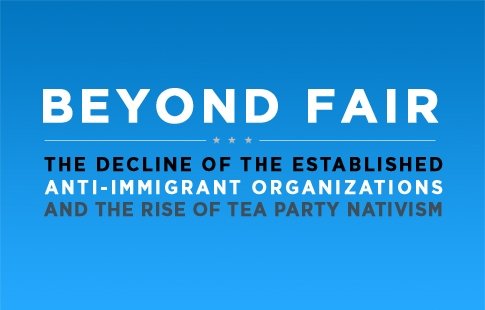The State of Local Anti-Immigrant Groups
In addition to membership levels and financial support, another important indicator of the relative strength of the Nativist Establishment is the level of activity by local groups. To determine the status of these groups, IREHR engaged in a several step process. We started with a list of 320 local groups listed as “nativist extremist” groups by the Southern Poverty Law Center in 2010. We examined the materials available on each specific organization’s website. We conducted internet and news database searches, scouring for any possible activity. We combed through our archives. And we checked-in with journalists, researchers, and local human rights supporters for additional data. The activity level was determined by the following criteria: if the group had organized, participated in, or promoted any rallies, forums, meetings, protests or other events; if group leaders we visible in the community, being quoted on events in the media, sending out press releases, etc.; if the group had produced or distributed any materials, such as a newsletter or email alerts; if the group was maintaining an active online community or discussion forum. If positive results came back for any of those criteria, the group was considered “active” in 2011.
The dramatic surge in local anti-immigrant groups, particularly between 2005 and 2008, poisoned the civic conversation about immigration. National nativist institutions relied on the activity of these local groups to push policy changes at the national, state, and local levels.
Overall, the number of state and local anti-immigrant organizations has fallen decidedly in the last two years. In 2010, The Southern Poverty Law Center’s list of “nativist extremist groups” included 115 local Minuteman chapters, 137 chapters of the Federal Immigration Reform and Enforcement (FIRE) Coalition, and 68 other groups.[17]
An IREHR examination of those groups finds an astonishing 62% drop in the overall number of local groups active in 2011, down to just 121 in one year. The remaining groups include 53 local Minuteman chapters, just 10 chapters of the Federal Immigration Reform and Enforcement (FIRE) Coalition, and 58 other groups.
To begin to understand what happened to these groups, developments with the Minuteman and the FIRE Coalition require a closer look.






